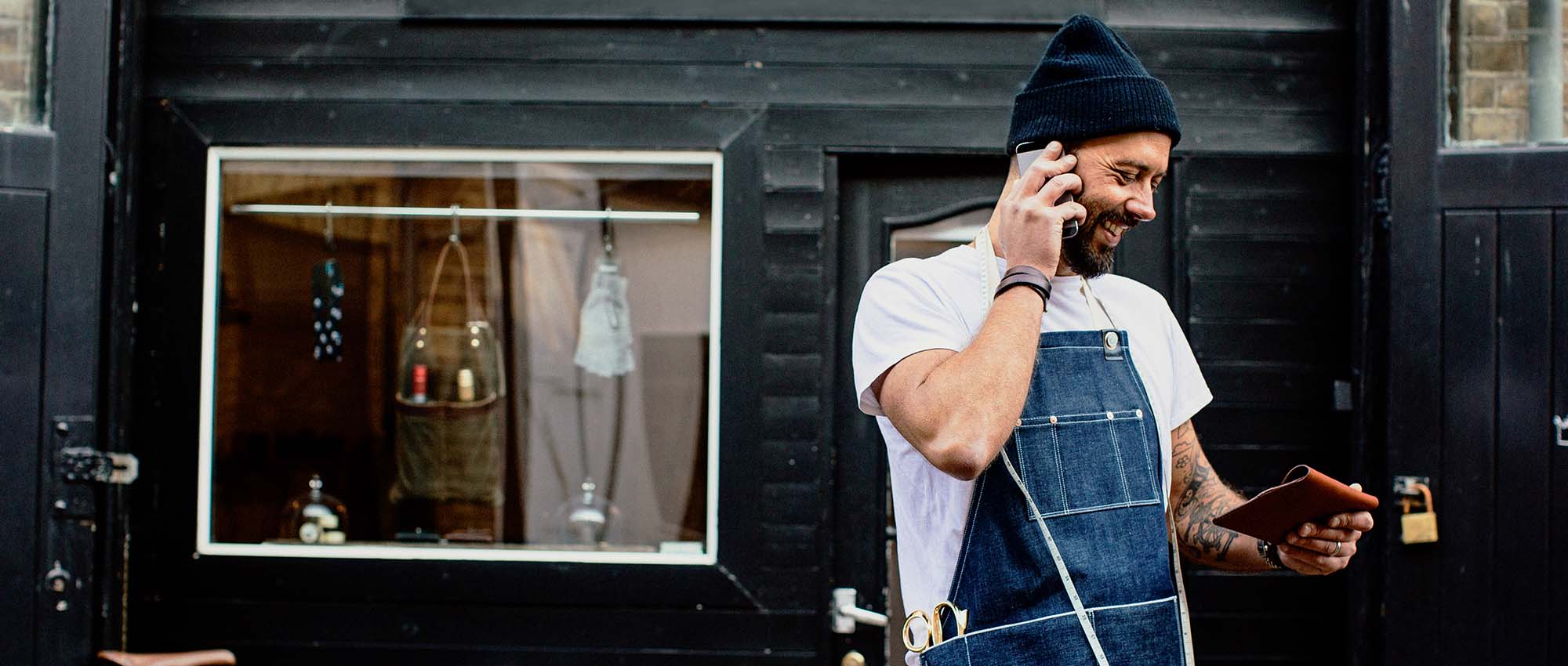What is a media exclusive?
You can give the media an 'exclusive'. You may invite just one title to an event. You might provide an interview to just one journalist. The ones you choose may get insight and detail about a story before other media. Often, this will also give them the chance publish before others.
Both you and the media title must be clear on exactly what you mean by an exclusive. They may think that you will not tell anyone else. Not even after they've published their story. But, you may think you are giving unique access to part of a story.
What are the benefits?
Benefits of an exclusive:
- The media is highly competitive. Each journalist or editor want to be the one to 'break news' first.
- Putting your trust in a single journalist or media title can create a strong link with them. They might even give you very good coverage. But, you will never be given control over the story. You may get some input with how an exclusive story is presented.
- An exclusive can give some benefits. But the chance of greater or more prominent coverage will not be 100% guaranteed.
What are the risks?
Risks of exclusives:
- An exclusive puts 'all of your eggs in one basket'. If a major news story breaks, you might not get any coverage at all.
- Offering a weak as an exclusive may damage your links with the journalist. They may feel you are trying to take advantage.
- An exclusive excludes the other media. This may impact you in the future. You need to balance a short-term gain with the benefit of wider links.
Top tips for offering exclusives
4 tips for offering exclusives:
- Photos from events you've hosted or attended.
- Photos that show case studies or success stories.
- Photos of your products or services which show them in action.
- Head shots or group shots showing the people featured.
Five considerations for media photography
What you should consider:
- Choose wisely - Think about your media list. Who would be the best journalist or media outlet to offer this to? Who has a history of covering breaking news in your sector.
- Set clear deadlines - Tell the first journalist you'll offer the story elsewhere if they don't respond by the deadline. If you don't do this, you may be left waiting and get no coverage.
- Don't damage the exclusive offer - Resist giving all of the story up front. You'll need to provide enough to get interest. But, if the first journalist you offer the exclusive to declines, you will need to have more to attract a second.
- Get a date on when the media title will cover your story - Agree to whether and when you can issue a press release to all other media.
- Make sure that your social media and internal communications are also aligned with the timing of the exclusive - A social media post must not break the news before the exclusive story is published.




